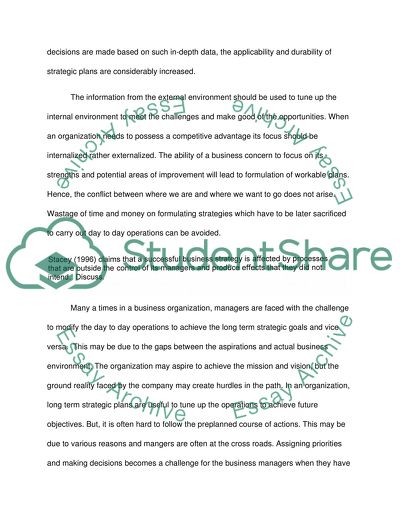Cite this document
(“(Exam questions) Essay Example | Topics and Well Written Essays - 1000 words”, n.d.)
Retrieved from https://studentshare.org/miscellaneous/1516023-exam-questions
Retrieved from https://studentshare.org/miscellaneous/1516023-exam-questions
((Exam Questions) Essay Example | Topics and Well Written Essays - 1000 Words)
https://studentshare.org/miscellaneous/1516023-exam-questions.
https://studentshare.org/miscellaneous/1516023-exam-questions.
“(Exam Questions) Essay Example | Topics and Well Written Essays - 1000 Words”, n.d. https://studentshare.org/miscellaneous/1516023-exam-questions.


